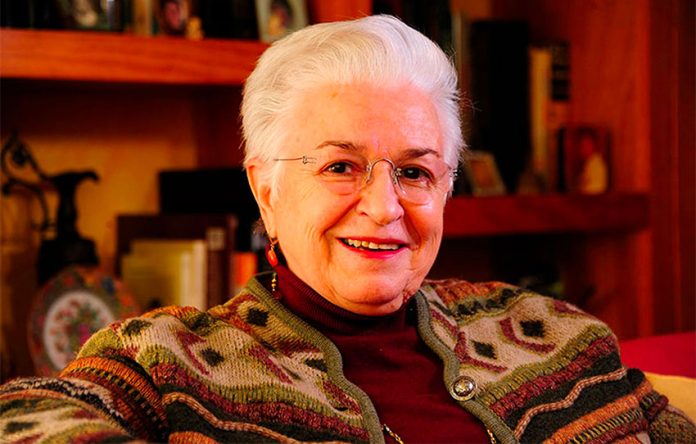After a decades-long career researching and protecting Mexico’s underwater cultural heritage, Pilar Luna Erreguerena died on March 15, 2020 at age 76.
Luna pioneered the field of underwater archaeology in Mexico, while it was still being institutionalized in the United States.
She discovered the specialty while studying archaeology at the National School of Anthropology and History (ENAH) when a professor, Eduardo Matos Moctezuma, lectured about the relocation of the temples and monuments of Abu Simbel in Egypt due to the construction of the Aswan Dam. After that class, she ran across the hall to the library to research the project as it combined her two loves, archaeology and water.
This led her to the work of the American George F. Bass, the father of underwater archaeology, with whom she would collaborate on projects in Mexico and abroad during her career.
Luna found the New Spain Flotilla, which sank in the Gulf of Mexico in 1631; of particular note was the discovery of its flagship, Nuestra Señora del Juncal. Perhaps her most far-reaching achievement, however, was ending private excavations in Mexican waters to find artifacts to sell.
She taught underwater archaeology for almost 40 years in Mexico and abroad.
Although she was most prominent for her work underwater, she was also an important member of the team that excavated the Templo Mayor in Mexico City between 1974 and 1979.
Luna was born in Tampico, Tamaulipas, near the ocean. When she was six, her family moved to Mexico City but she remained an avid swimmer, even teaching it to children with Down’s Syndrome.
Encouraged to study, she earned her degree in archaeology at ENAH and a master’s in anthropology at the National Autonomous University (UNAM).
She had her first taste of underwater archaeology in 1974, working with Mayan artifacts in the Chunyaxché Lagoon in Quintana Roo. In 1978 she worked with George Bass to give a course and practicum at the Media Luna Spring in San Luis Potosí. After that she founded a scuba group at ENAH.
Working with the National Institute of Anthropology and History (INAH) and the Mexican armed forces, she headed Mexico’s first ocean archaeology project. Through archaeologist Donald H. Keith she learned that some Americans had found an old cannon at the Campeche Bank, a shallow water area in the Gulf of Mexico on the north side of the Yucatán Peninsula. They retrieved the cannon in 1979 and dated it to the 16th century.
One year later, INAH made Luna the director of its new Department of Underwater Archaeology. She remained its head until 2017, working with national and international experts on projects both off the coast and in the inland waters of Mexico.
Her last major project was at the Hoyo Negro in Tulum, Quintana Roo, where in 2011 she found the remains of a woman deemed to be over 12,000 years old. This earned her the Field Discovery Prize of the Shanghai Archaeology Forum in 2017.
Mexico News Daily
